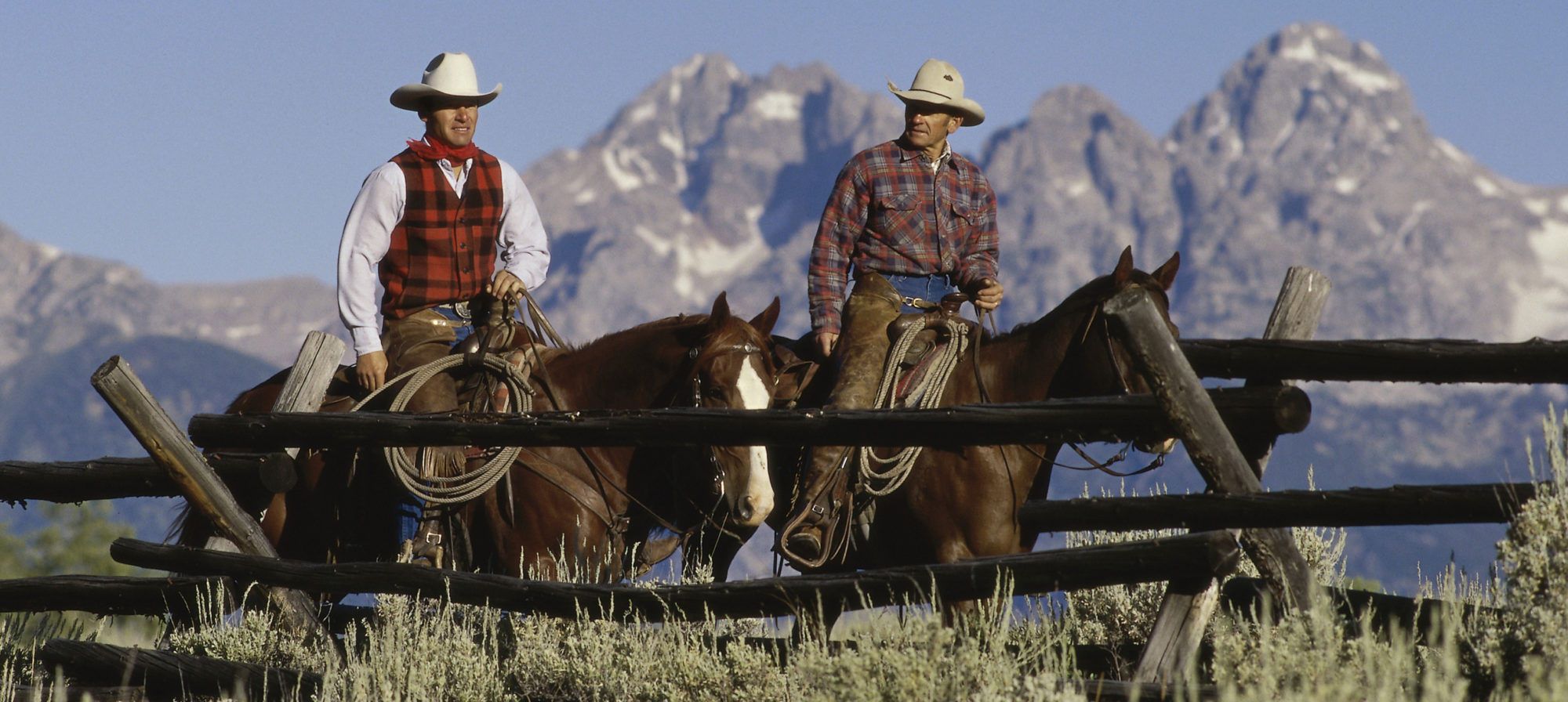 God with Skin On
God with Skin On
“At the appointed time Jesus took on flesh and became a man. He lived here amongst us and lots of folks, includin’ cowboys and cowgirls, saw His glory and it was a sight to behold. It was the glory of the Son of God. His grace and truth done shined forth ‘cause He was plumb filled up with it.” (John 1:14).
I have heard the story and perhaps you have too or at least some version of it: A small child was reluctant to go to sleep by herself one night. After several bedtime stories, her mother told her it was time to turn out the light. “But I want you to stay,” the little girl protested. “Don’t worry,” the mom said, “Jesus is here, He will be with you all night long.” To which the child replied, “But I want Jesus with skin on!”
light. “But I want you to stay,” the little girl protested. “Don’t worry,” the mom said, “Jesus is here, He will be with you all night long.” To which the child replied, “But I want Jesus with skin on!”
Have you ever wished that? That you could sit down, grab a cup of coffee and have a one-on-one talk with the God of the universe? Our first parents had that opportunity. Before their disobedience, the Bible describes those intimate moments when God visited with them in the garden, where apparently they walked together and talked with each other.
But after the fall, that changed. God’s warning was that no man could see Him and live. Moses, the “friend of God,” whom God hid in the cleft of rock allowed Moses only a glimpse of His backside as He passed by.
But has God remained hidden? Can we, like the young child in the story, know God with skin on? Well, yes we can. God the Father remains unseen by human eyes. But, through His Son the Bible promises that we can know Him. You see, He did reveal Himself to us, just as the little girl wished, God with skin on, in the person of His Son, Jesus.
That is the promise fulfilled at Christmas. The angel of the Lord said that the child born of Mary would be called Immanuel, “God with us.” God, though invisible to human eyes, is nonetheless present with us indeed. Through the incarnation, “God with skin on” in the person of Jesus was born in a manger in Bethlehem. And Jesus, the Son of God “became flesh and dwelt among us” (John 1:14).
Philip, one of Jesus’ disciples on an occasion asked Jesus, “Lord show us the  Father.” In other words, Philip, like many of us, wanted to see God with skin. And Jesus answered him and us with these remarkable words, “He who has seen Me has seen the Father.” (John 14:9)
Father.” In other words, Philip, like many of us, wanted to see God with skin. And Jesus answered him and us with these remarkable words, “He who has seen Me has seen the Father.” (John 14:9)
Yes, indeed, we do know God through His Son, who came into the world clothed in human flesh to show and reveal to us God the creator and sustainer of all things.

